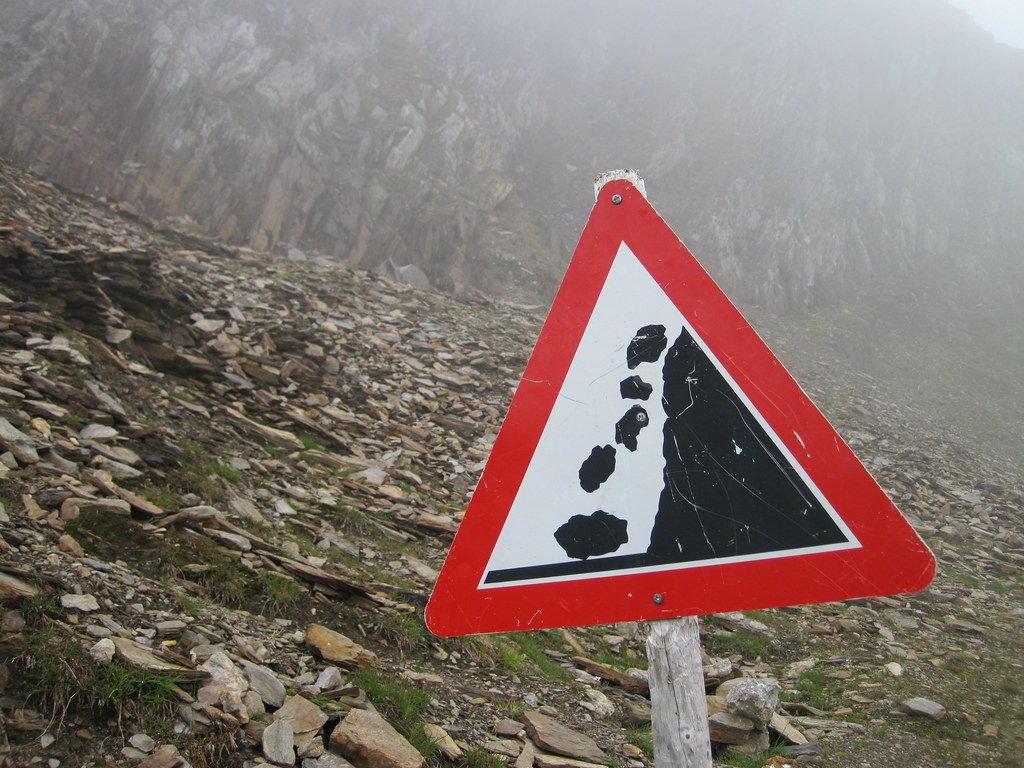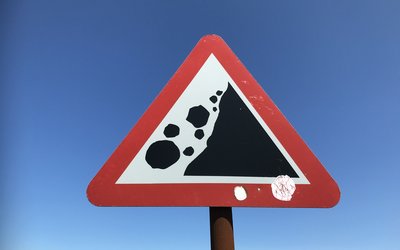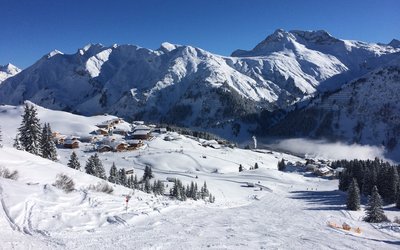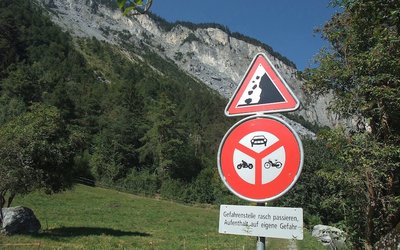Temperature and precipitation changes seem to trigger slope destabilization in the Alps
September 8, 2019

Photo Flöschen (www.flickr.com)
A high occurrence of positive temperature anomalies in the lead-up of slope failures in the Italian Alps supports the hypothesis that climate warming is destabilizing slopes at high-elevation sites.
Complex relation with climate change
Worldwide, climate change is affecting the stability of mountain slopes. Shrinking glaciers, thawing permafrost, and decreasing spring snowpack worsen the mechanical conditions of rocks and soils. In the European Alps, the number of slope instability events is expected to increase. The response of slope stability to climate change is complex, however. Slope stability is especially affected by precipitation and temperature.
358 slope failure events have been studied that have occurred at heights above 1500 m in the Italian Alps between 2000 and 2016. The study was aimed at disentangling the relations between climate change and slope instability in high-mountain areas. The events cover the entire Italian Alpine region, which is 27.3% of the European Alps, and all types of landslides, debris and mudflows, glacial lake outburst floods, and ice avalanches. The slope failure events were related to the climate history of each event of slope instability by using data from 131 automatic weather stations in Northern Italy.
A climate signal in recent events
47% of the events were associated with temperature anomalies, 38% with a combination of temperature and precipitation anomalies, and 7% solely with a precipitation anomaly. Whether temperature or precipitation is the main trigger depends on the type of event. 47% of the debris and mudflows could be related to precipitation anomalies compared to 27% of the landslides. Large slope events appear to be much more sensitive to temperature anomalies (33% of the events) than to precipitation (4%). Small-volume events are more closely related to both precipitation and temperature anomalies than large events.
Whether temperature or precipitation is the main trigger also depends on season and elevation. The role of precipitation decreases (and that of temperature increases) from spring (41%) to winter (0%), and from the low (42%) to the high (5%) elevations. During summer, precipitation is as important as temperature. Summer events sharply prevail, whereas spring and autumn ones are almost balanced; winter events are the clear minority. The concentration of case studies in summer is partly due to a higher frequentation of high-mountain areas in this season.
Main impact of high temperatures
Overall, a high occurrence of positive temperature anomalies in the lead-up of a slope failure stands out, associated or not with heavy precipitation. This supports the hypothesis of a role of climate warming in destabilizing slopes at high-elevation sites in recent years. Long-term temperature anomalies may be responsible for permafrost thawing in depth. Short-term temperature anomalies affect near-surface dynamics: in permafrost environments, temperature variations and short-term extremely warm conditions could affect rock stability within hours through rapid thawing processes.
Looking at past climate trends and future projections, the authors of this study expect that, for the Italian Alps, slope instability driven by positive temperature anomalies, and the effect of intense short-term precipitation, will become more and more important. Processes related to long-term precipitations will lose relevance.
Source: Paranunzio et al., 2019. Theoretical and Applied Climatology 137: 1765 - 1784.








